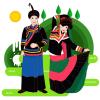Pu'er Culture - The Importance of Hani and Yi People
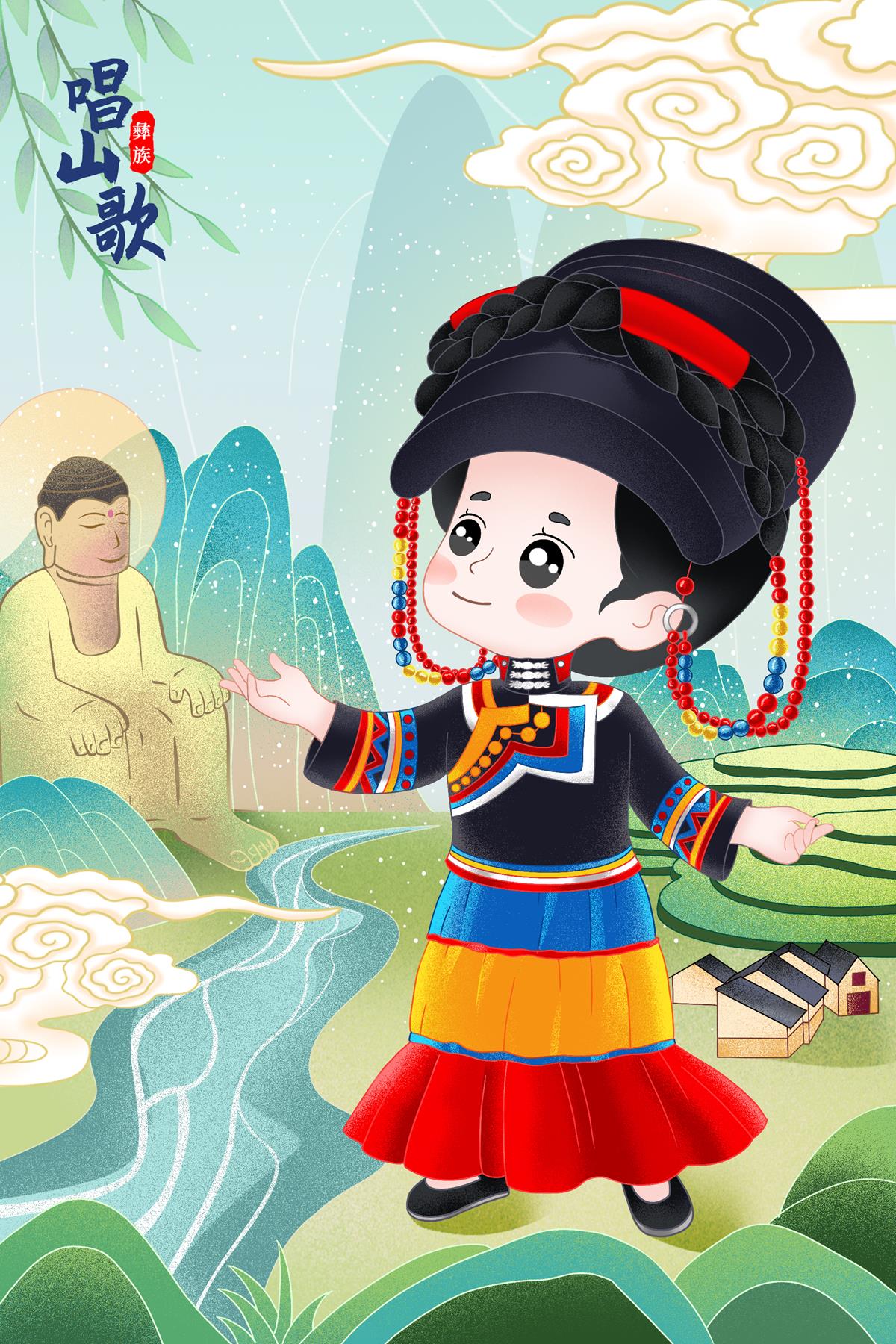
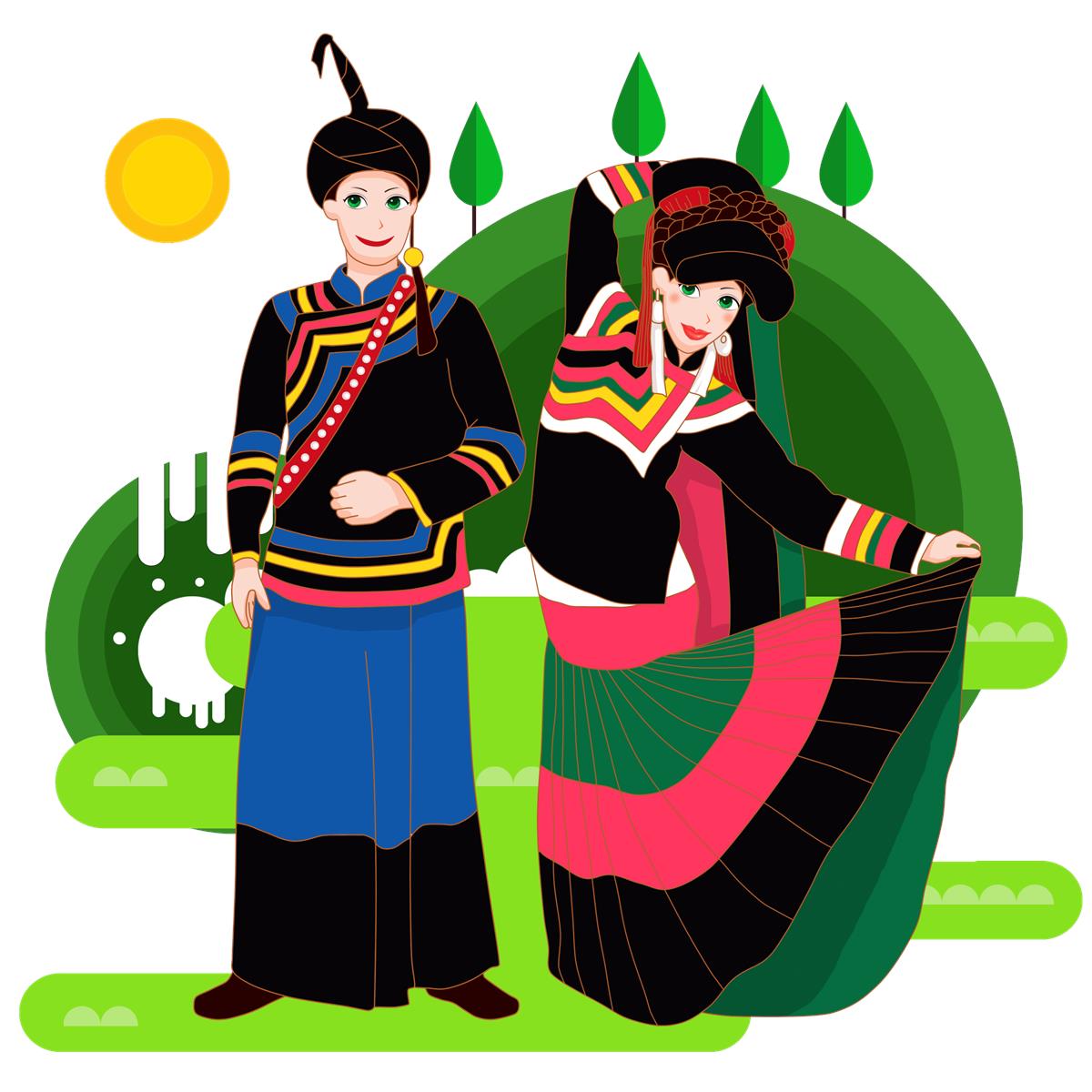
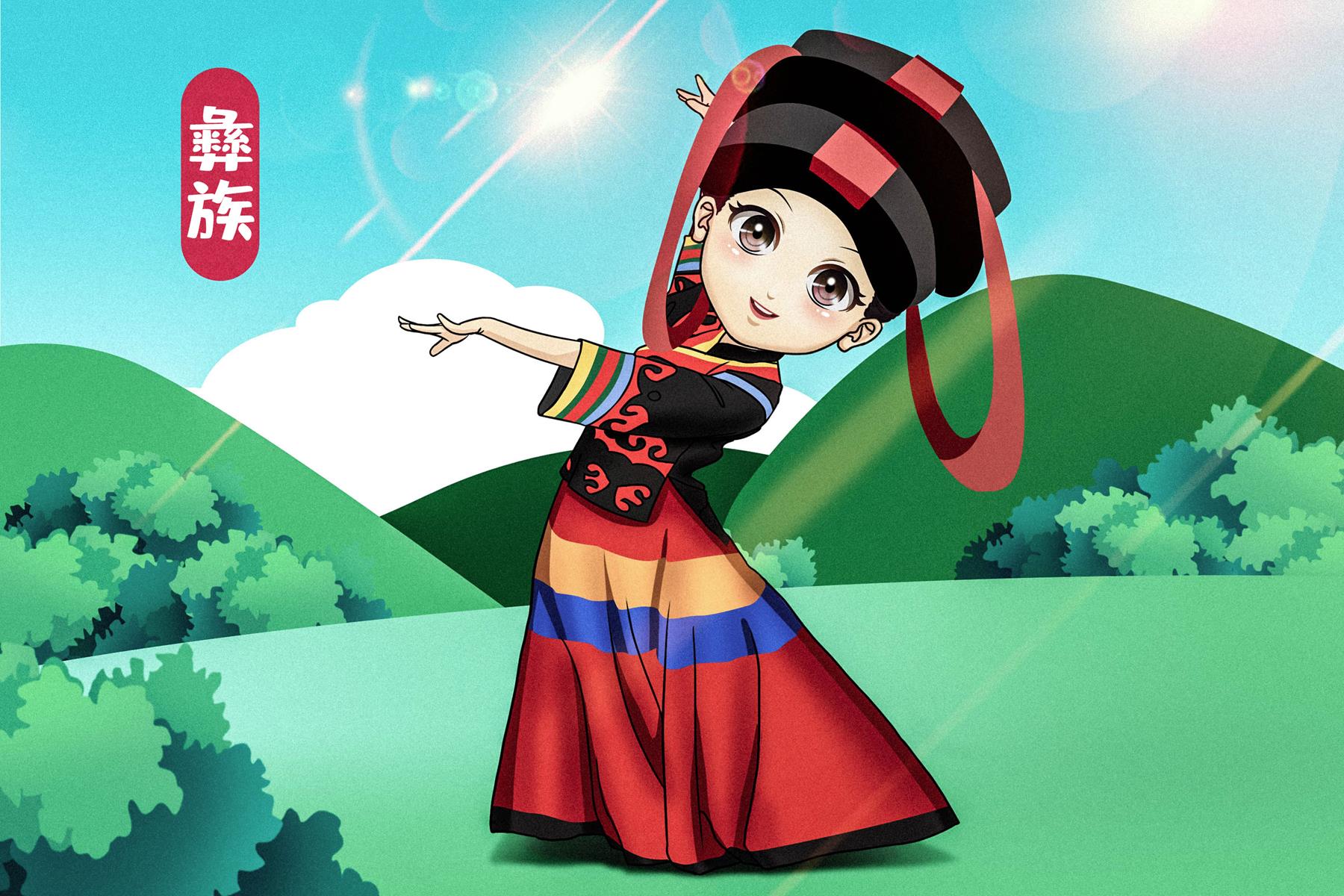
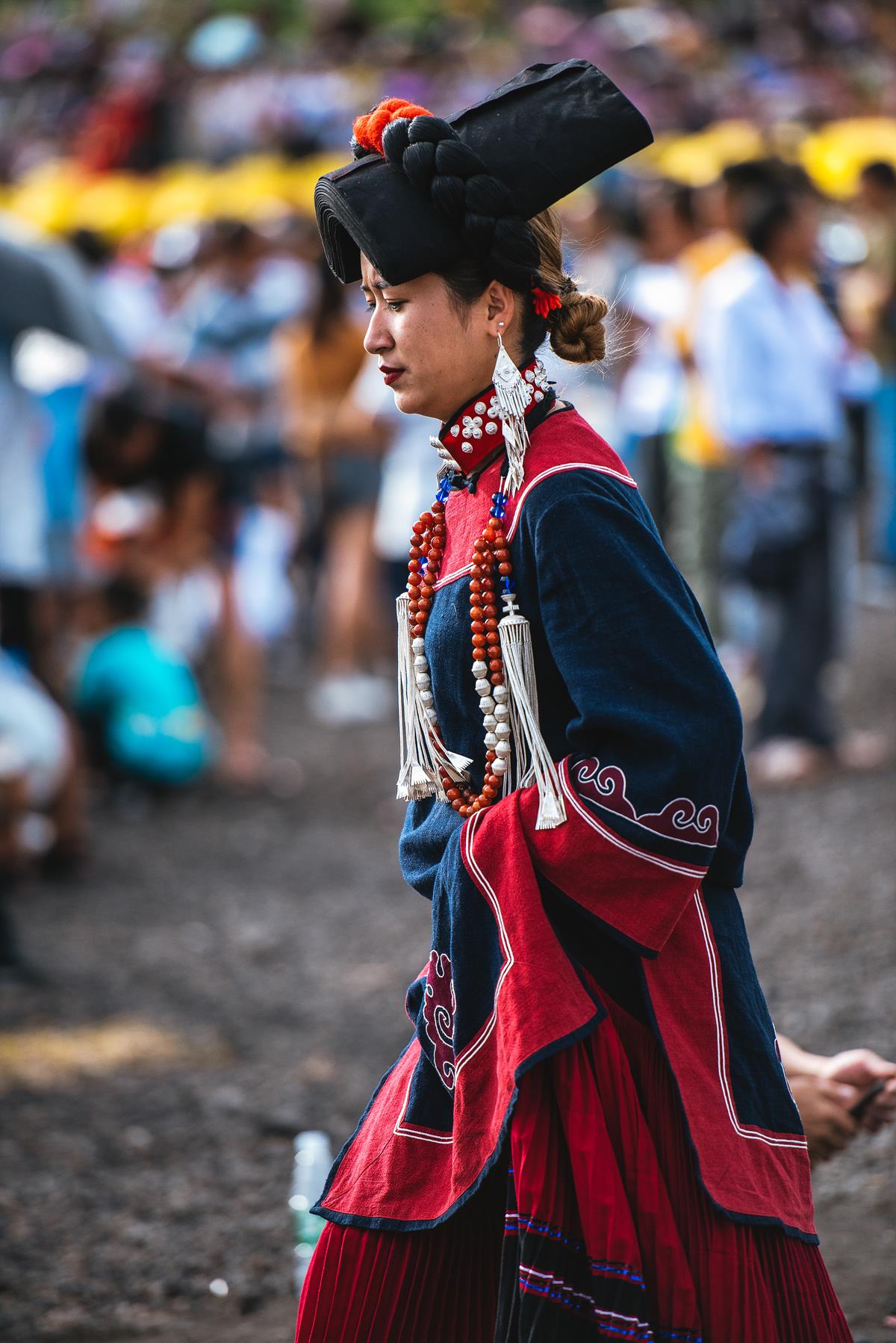
The Pu'er ethnic minority, living along the southwestern border of China, governs nine counties and one district.
All these nine counties are ethnic autonomous and well-known both at home and abroad for their production of Pu'er tea. Exotic ethnic traditions add a further mysterious and magnificent charm to the Pu'er.
Profound and practical - the Hani minority costumes are represented mainly in Ninglang and Mojiang
The Ning’er Hani costume represents the essence of Hani traditional culture. It protects not only from the cold and wind, but it also carries a wealth of cultural information.
The colour, style and pattern of Hani's costumes reflect not only the geographical environment of the ethnic group and their social identity but also their role as a community, revealing endless reproductions of philosophies of survival.
The Hani costumes are closely related to farming production in terms of raw materials, colour, style and decorative techniques.
Hani people admire black, with it being the dominant colour for both ben and women.
As the Hani people have agriculture as their main production method, the colour black provides unique advantages for alpine farming producers. It provides warmth, dirt resistance, and is hard-wearing, among other aspects.
For Hani women, the differences in terms of clothing provide signs to distinguish whether they are married or not. Those who are familiar with Hani people can almost accurately guess a woman’s age and her marital status if they observe carefully. If a woman wears a decoration commonly known as "Ouqiuqiu" at the back of her head, this indicates she is 17 years old and that she is allowed to have a relationship. However, if she leaves her hair on the temples, it indicates she is 18 years old and is allowed to marry. Should she wrap the "Ouqiuqiu" with a black cloth, this means that she is married.
The ethnic minority costumes represented in Jiangcheng and Jingdong are colourful and bright.
In Jiangcheng, connecting three regions, the Yi women reflect the colourful life of the Yi people in Yunnan's border region through brightly coloured costumes.
Here, single Yi women wear brightly coloured cockscomb caps dotted with red dragonflies and beads. The cockscomb is normally cut into comb shape and embroidered with dozens, hundreds or even thousands of silver beads. The Yi people living in the mountains, men and women, like to wear a "Caerwa", made with sheepskin.
It is shaped like a cloak, with wool, extending to under the knees, and adorned with tassels at the lower end, usually coloured in dark black. Yi women normally wear red and white children’s dresses before they reach 15-years-old.
When they turn 15, they take part in a ceremony known as "Salaluo.” They then start wearing long skirts with a black middle section. Single braids are combined into a pair, whilst they put on silver earrings and wear a handkerchief embroidered with colourful flowers.
Yi men wear black narrow-sleeved, lace-enclosed tops with pleated wide-leg trousers. Their hair has a length of approximately three inches at the top of the head, which is known as "Tianpusa" (Pinyin) in Chinese and called "Zier" in the Yi language. This is the way they show they praise God. A blue or blue and black wrap with the length of ten feet is used to wrap the head. The right front is tied with a long vertebra-shaped "Zier" with thumb-like thickness.
The images embroidered by the Yi women in Jingdong County, Pu'er City, include the sun, the moon, the stars, clouds, thunders, fire, rivers, hills, flowers and birds with bright colours. The techniques mainly involve flat embroidery, insertion embroidery, embroidery connection, seeding embroidery, flowering embroidery, and needling embroidery. Dresses, sachets, waist scarves, hats, shoes, are painted mostly in nice patterns to make them bloom splendidly.
As one of the most peculiar clothes in Jingdong, Pu'er - sheepskin is worn outside, and men in sheepskin scorpions are found everywhere in An' ding. When the long-lived sheepskin meets ancient and strong Dai-style dance, generates a full of primitive and wild features with strong local characteristics dance- Sheepshin Dance(Yangpi Wu).
"Tiaocai" (a dancing tradition in which people dance while they serve food dishes), is a folk event popular among Yi people in An' ding, Puer. It is mainly performed at major festivals.



